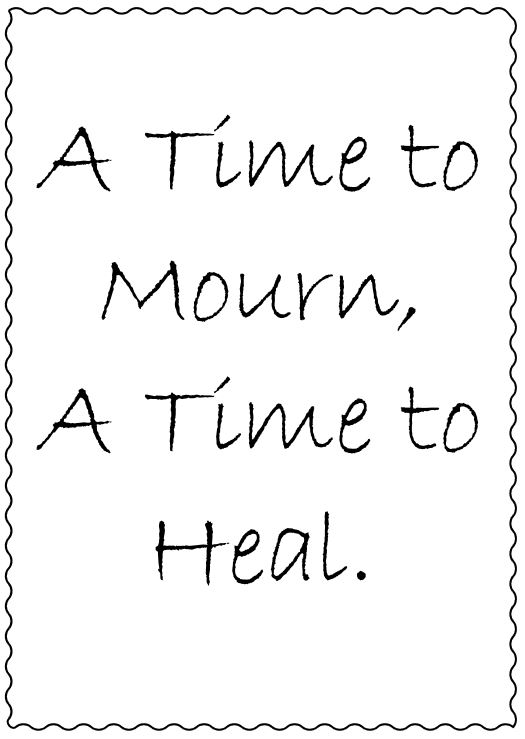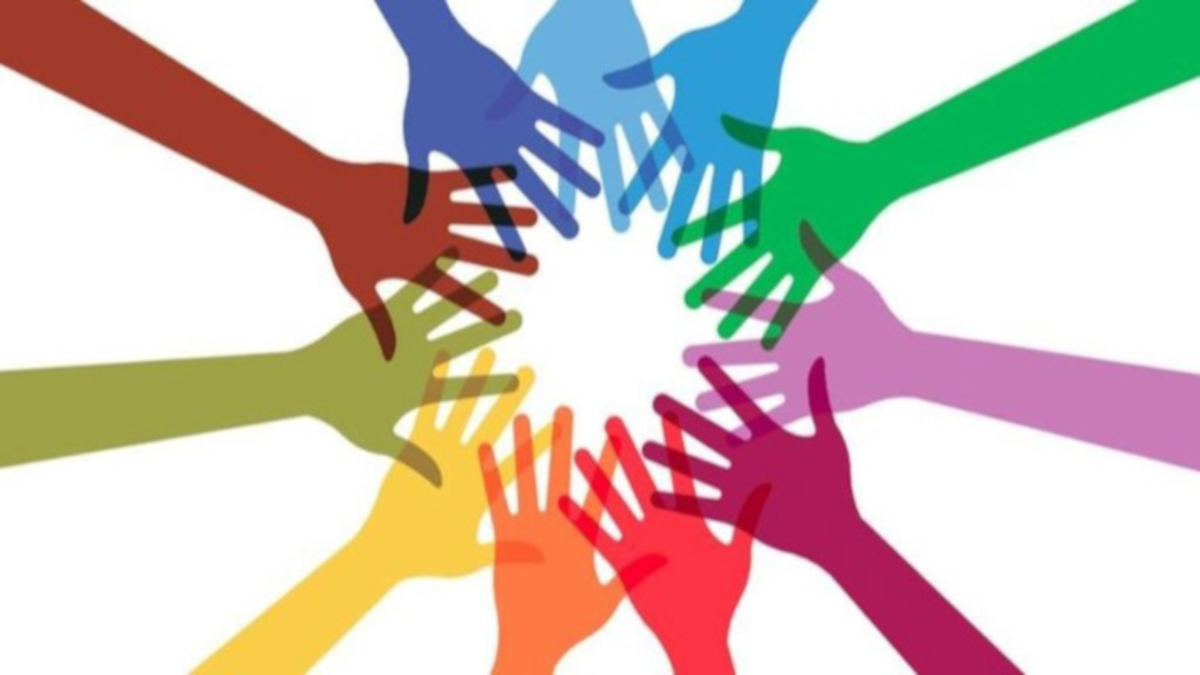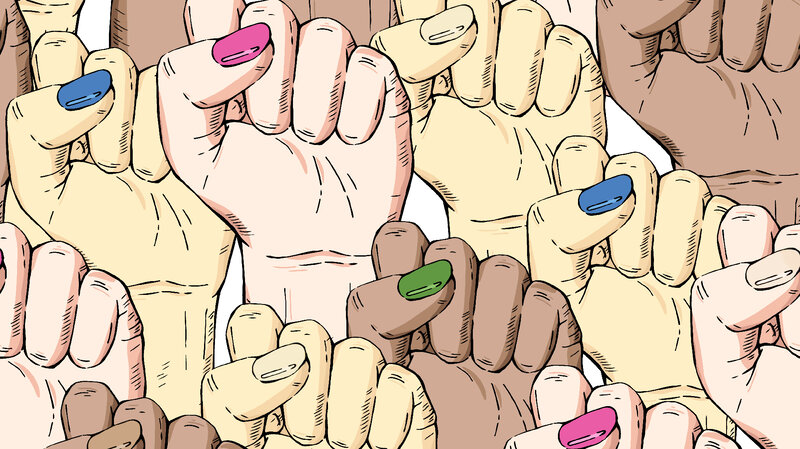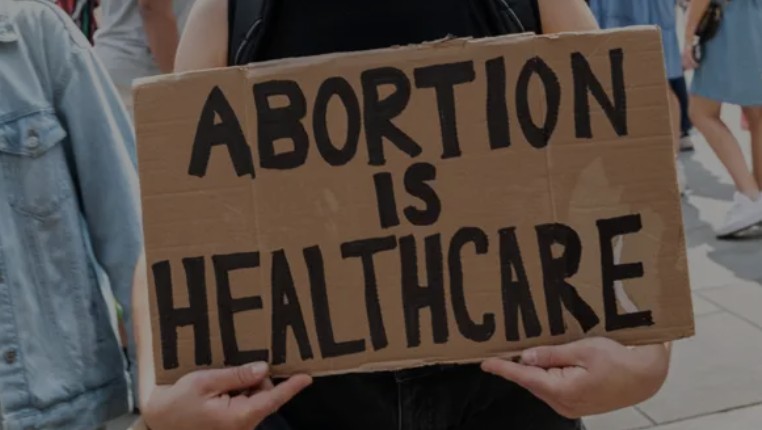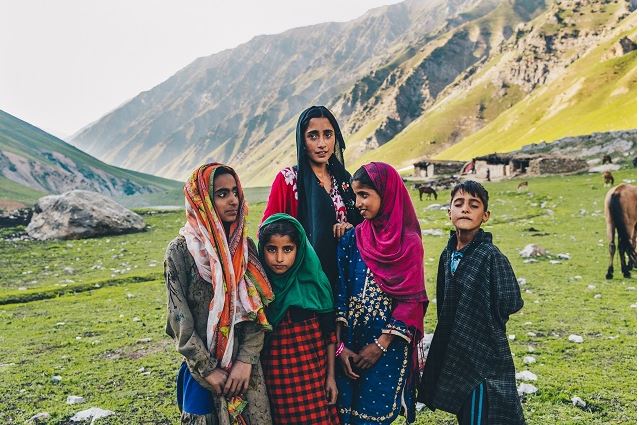The debate over who or what should constitute the rather ethereal notion of “civil society” gets all the more intriguing in a conflict situation, such as we are witnessing in Manipur. The question is, should “civil society” have a technical definition and be treated as constituting of the occupants of a space earmarked between the State and vested interests represented variously by the private sector and other power players, such as the militant challengers to state’s authority and legitimacy, or else between mutually feuding non-state combatants.
While this definition of “civil society” may not be everything, it is indeed a convenient one. The trouble however is, when there is a technical definition of this space, it invariably turns into a hotly contested space, and in fact often readily transforms into an extension of the conflicts they are supposed to be standing in between and arbitrating. Rather than be peace agents, they thus often come to fight, what Sanjib Baruah once called, “war by other means”.
Manipur is familiar with this phenomenon and because of this its “civil society” space has been deeply fissured on sectarian lines. This inner tension comes into full public view so very often. The current ethnic strife between Meiteis and Kuki-Zo group of tribes too is marked by this. But in the past too, this was exactly what it was on several instances, such as during the demand for bifurcation of Kangpokpi from the Senapati district as a separate district; Meiteis’ demand for Schedule Tribe status and the opposition to it by hill communities; or during the demand for the ILPS largely by the Meiteis, and the opposition to it from another section of the population in Churachandpur district only a few years ago.
These are just some prominent examples but there have been many more. So then, where exactly is the “civil society”, or more pertinently, what is so very civil about this “civil society”? This sectarian division is also seen along other broader lines such as between the hill districts and valley districts, between the tribals and non-tribals etc. It is not uncommon to even hear of self-proclaimed human rights organisations of different ethnic groups speaking in mutually hostile languages on many issues. It is as if there is nothing universal about such supposedly shared values as the powerful notion of human rights. How can any meaningful, problem solving discourse, ever happen under the circumstance, is the ignored question.
The technical earmarking of a so called “civil society” space leads to another familiar problematic situation. The conflicting parties themselves begin actually to contest for this space by putting up their “civil society” proxies, having realized how powerful these bodies can be in force multiplying their agendas through precisely the “wars by other means”. The result is not only a complication of the conflicts themselves, but also a discrediting of this very same “civil society” space, ultimately tarnishing the image of the “civil society” movement itself.
So much has already been written about how there is a fierce contest amongst conflicting parties to absorb even students’ movements to become part of their networks of organs. Some even float their own “civil society” bodies, and this is not difficult against the context of the definition of “civil society” as merely a matter of an organization positioned within a certain given social space. As for instance, the minute a civil rights campaign body is formed, it is assumed that they automatically qualify to be “civil society” regardless of whether they have any interest in civility. This makes the notion of “civil society” become vulnerable to be reduced to the status of mere tools of conflict. Must this not be considered a corruption of the popular understanding of the notion of “civil society”?
We do think it must be, hence the need for a rethink on what “civil society” ideally should constitute of. As a thumb rule then, we do feel that the definition of civil society must have some qualitative elements over and above just the quantitative. The issue must be made to become a moral one as well. Only such an approach can make the discourses generated within this space have a vision beyond just the immediate or community interest. Otherwise, it would be forsaking its exalted objective position of being impartial arbiters wherever conflicts of interests arise, and instead become another means to “war by other means.”
If such a definition is agreed upon, then the ambit of the space called “civil society” would become broaden considerably. It can, and would, then include many more people in other walks of life other than the organized “civil society” bodies, or professional members of the “civil society” acting as the watchdog of the establishment and society at large. Professions such as the journalism, whose credibility equally depends on neutrality, and which too draws its succour from its image as watchdogs of the society, would definitely come to be included.
But the dangers of the larger civil society being drawn into the “war by other means” would remain. Unwittingly, anybody, including the media can become vulnerable to be drawn into the vortex of the “wars by other means.” The challenge then is once again to restructure our notion of the contentious “civil space”, and this calls for serious self-introspection and self-criticism by all parties.


